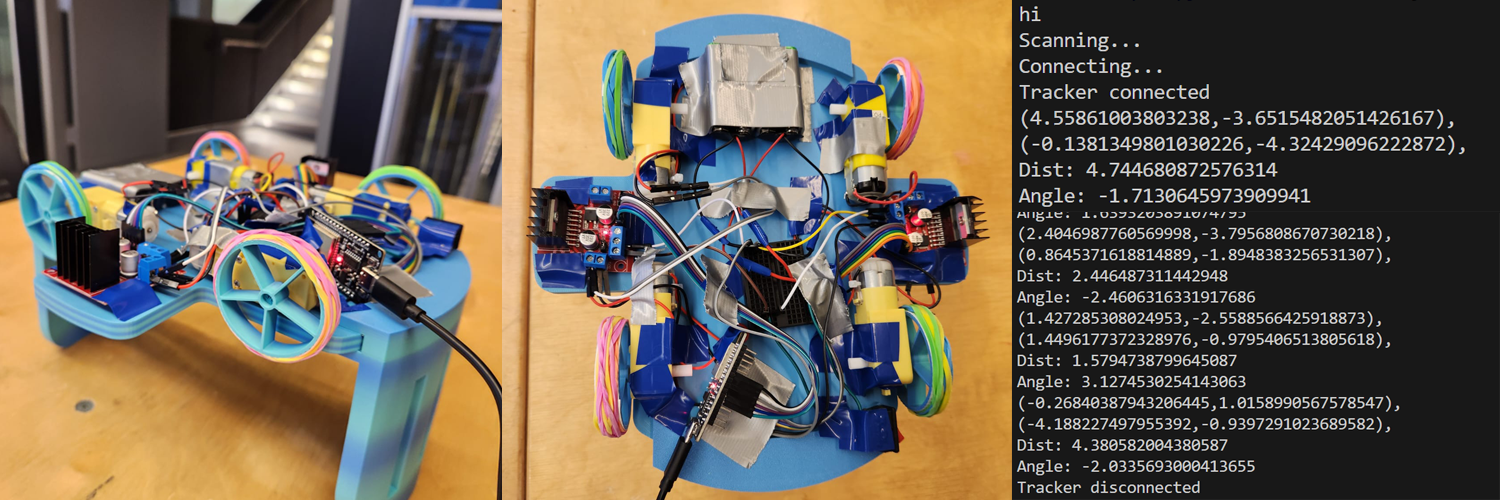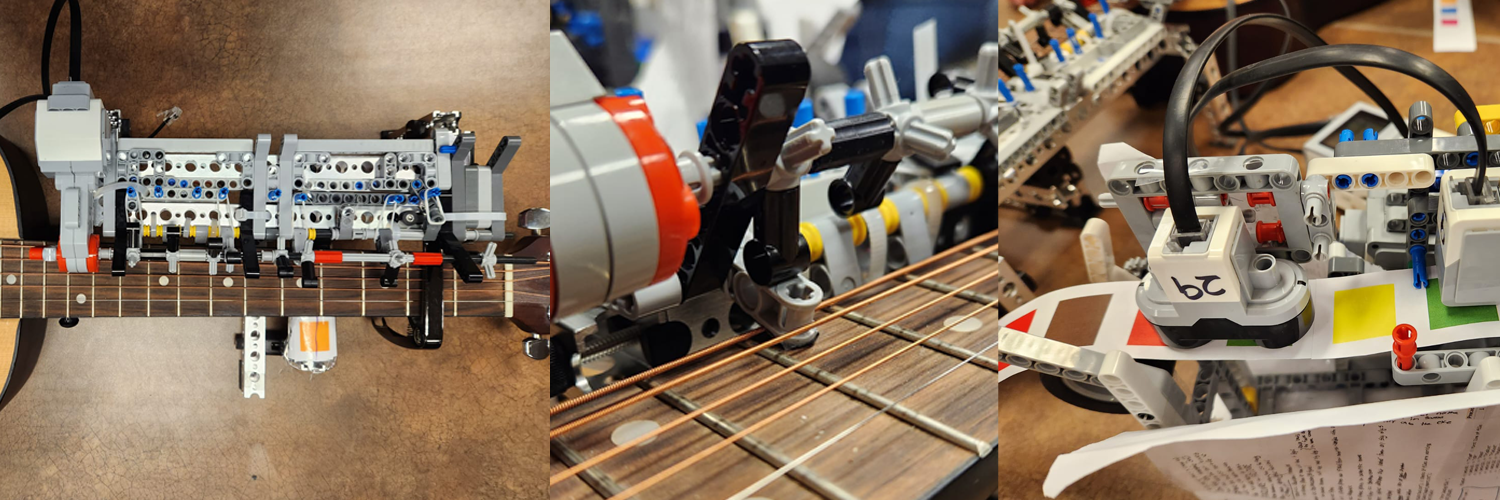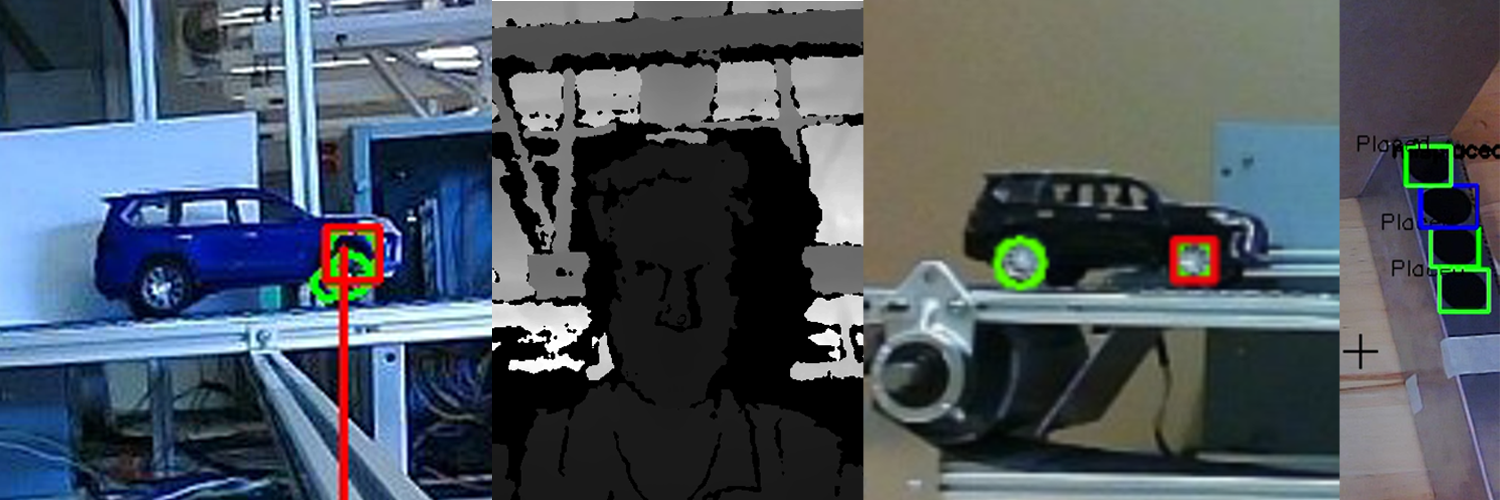This was a result of the two Toyota Innovation Challenges held at
the university. The first one was to program a solution for taking
images of cars at the right time on a conveyor belt, for quality
control. The aim was to detect the wheels with OpenCV computer
vision instead of the current standard of mechanical triggers, to
improve accuracy.
We developed a successful program in under 12 hours using OpenCV
code snippets, such as Hough transform and contour detection
functions. This was done collaboratively in a Jupyter Notebook
amongst a group of four. Both wheels are detected, and the front
one is bounded using a red square. When the front wheel passes a
certain point (denoted by the vertical red line), an image is
taken and saved. The code was tested on a scaled down model of the
factory system
The second challenge consisted of detecting the holes on vehicle
bodies that TMMC covers with stickers to prevent water leakage and
wind noise. This is usually done using a robotic arm equipped with
a camera and the goal was for our program to be able to detect
when a sticker was properly applied or not. I was successfully the
only one able to make the depth camera program function inside WSL
Ubuntu and our program worked well as intended, winning a Co-op's
Choice Award.






